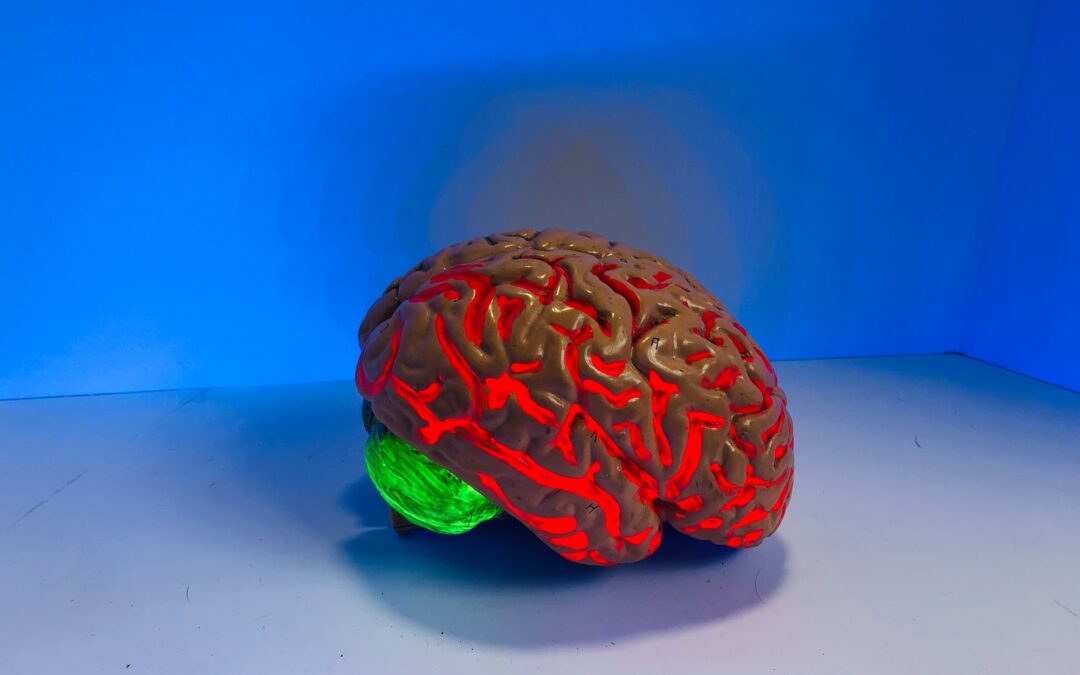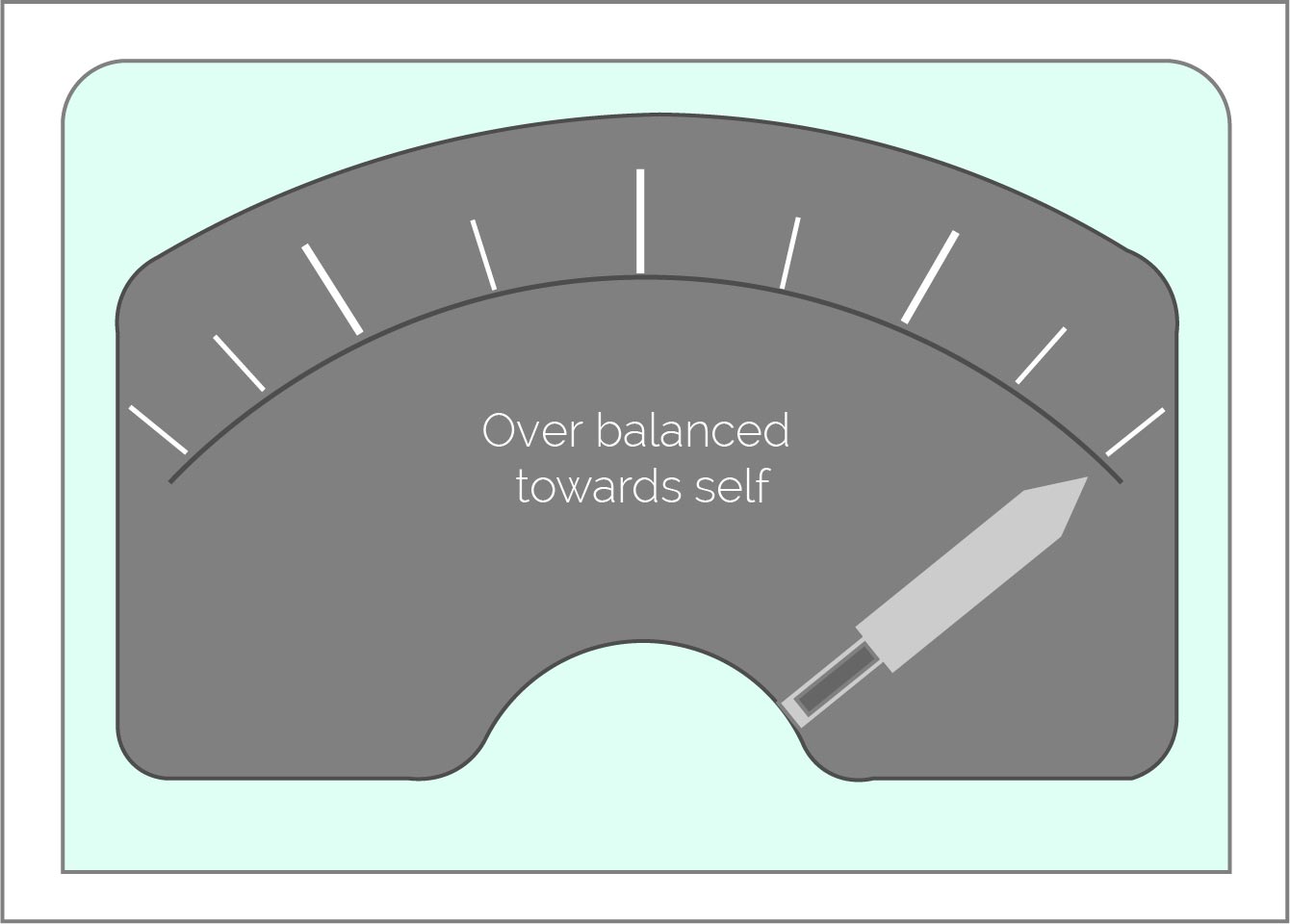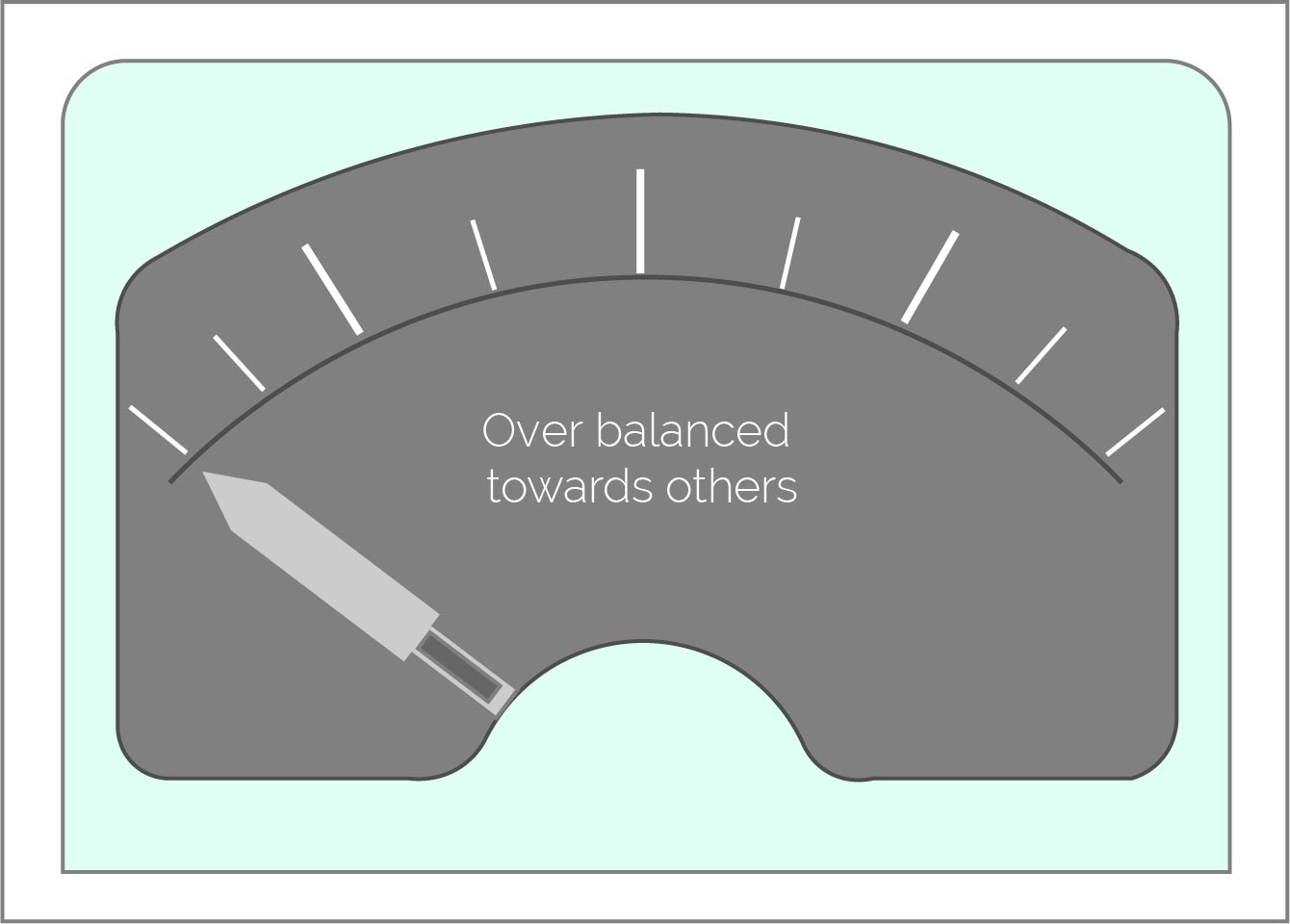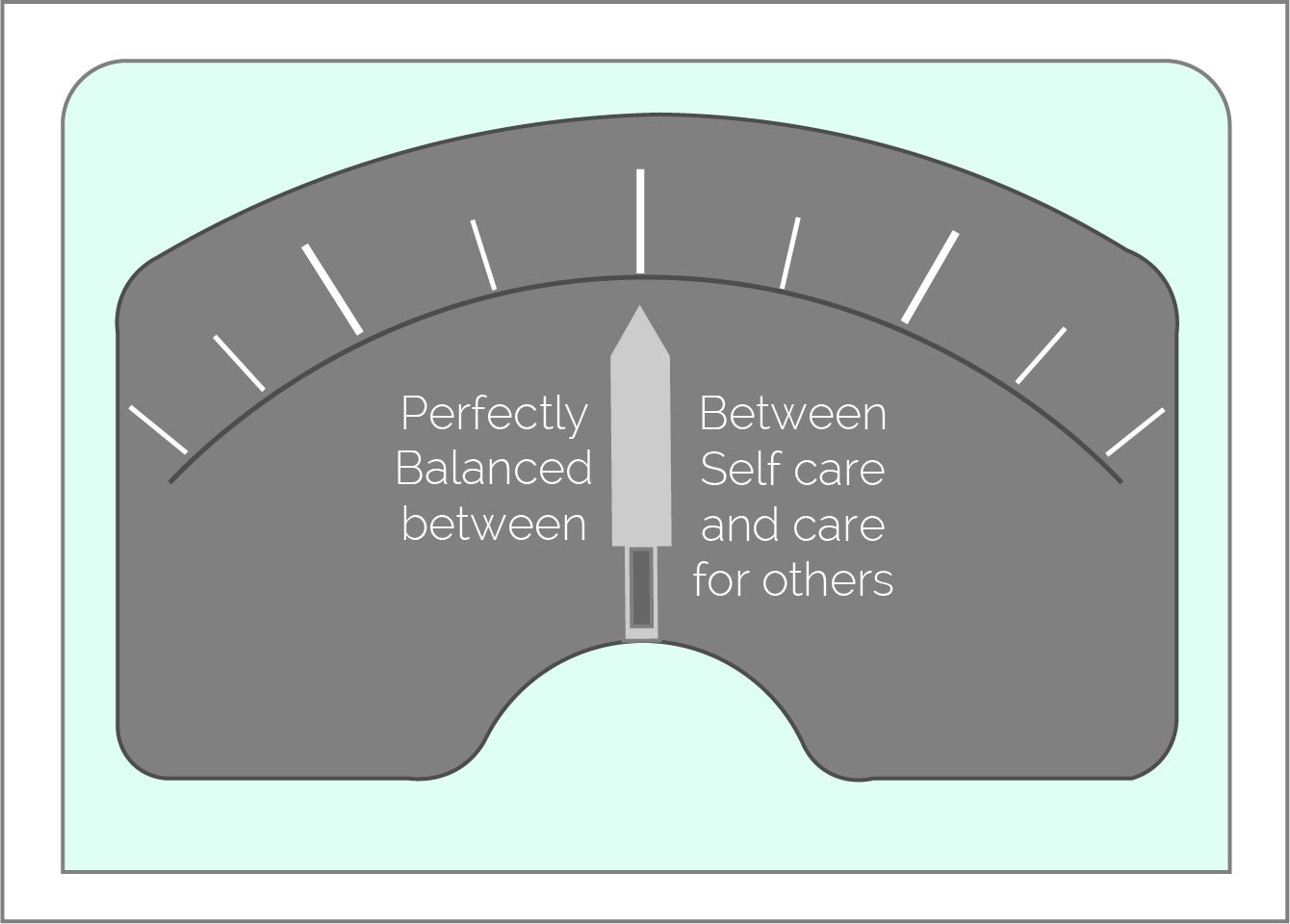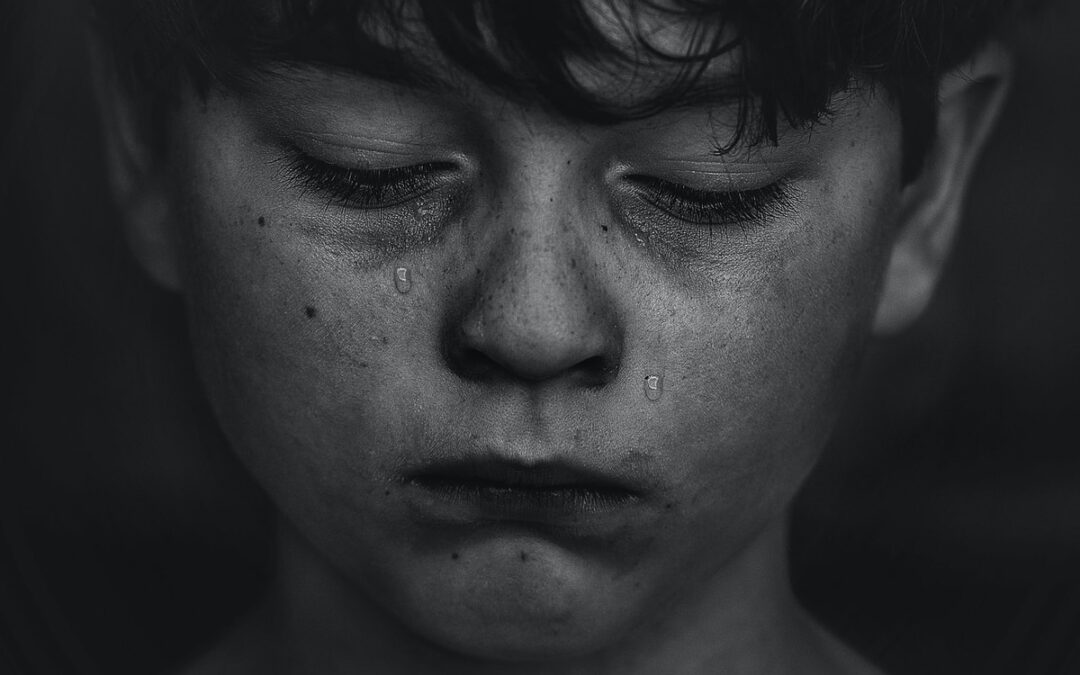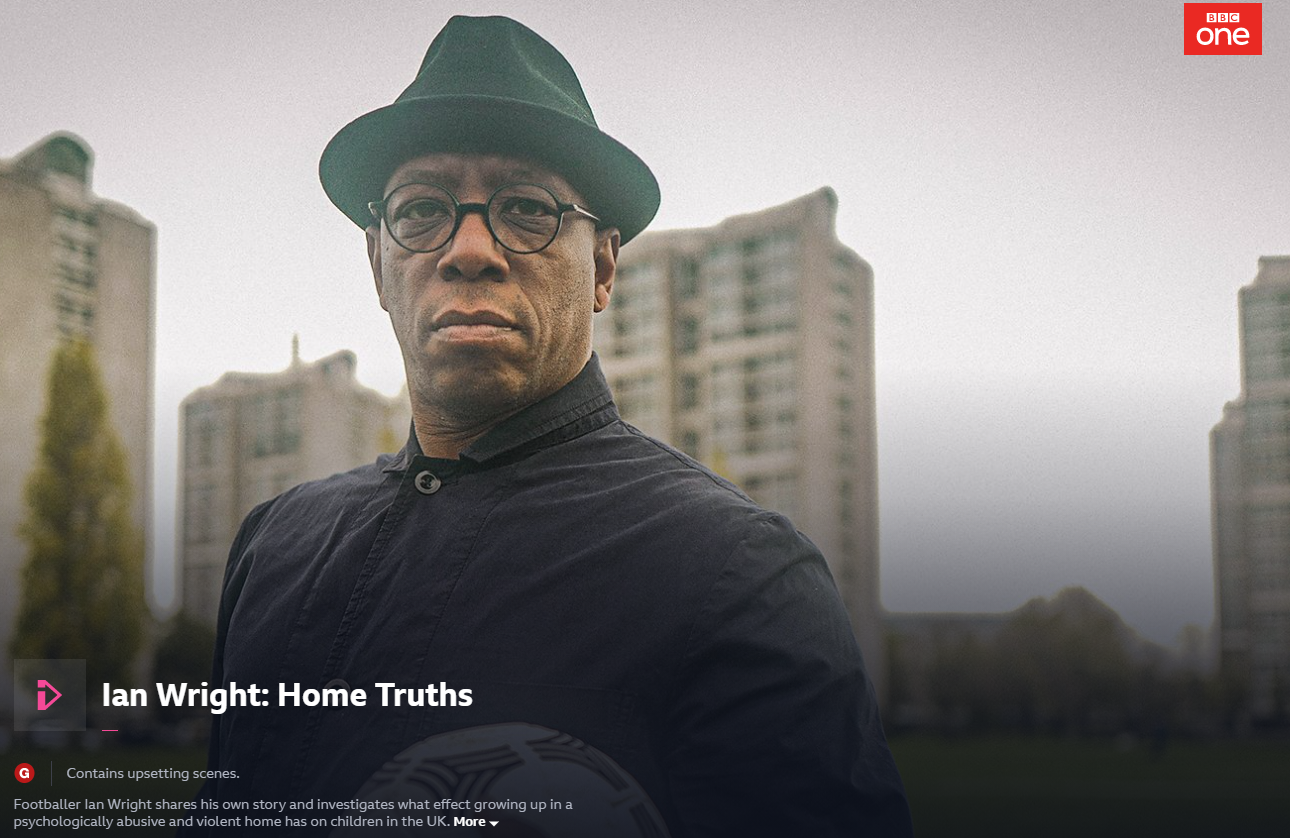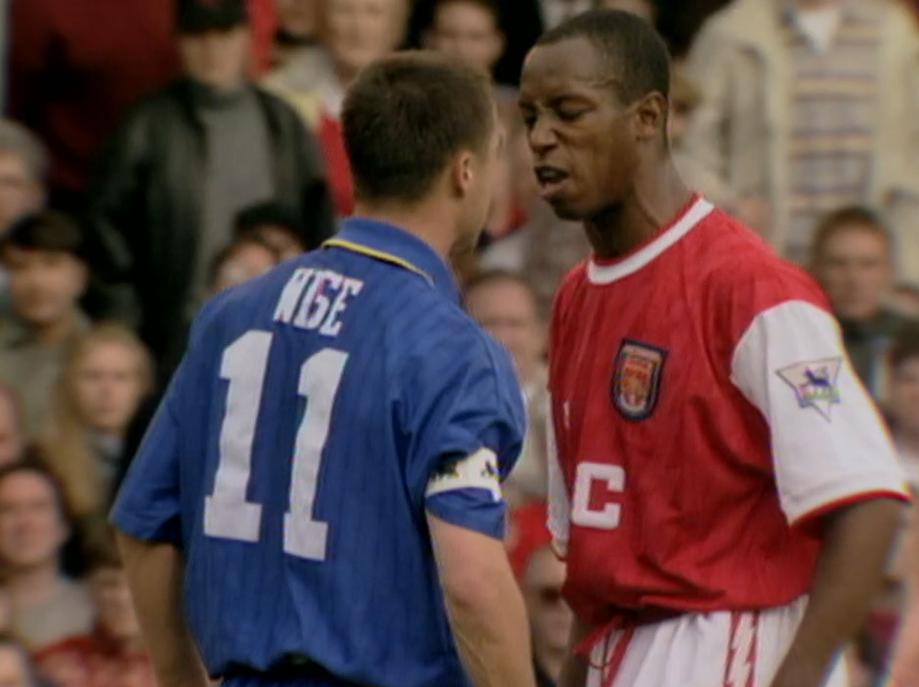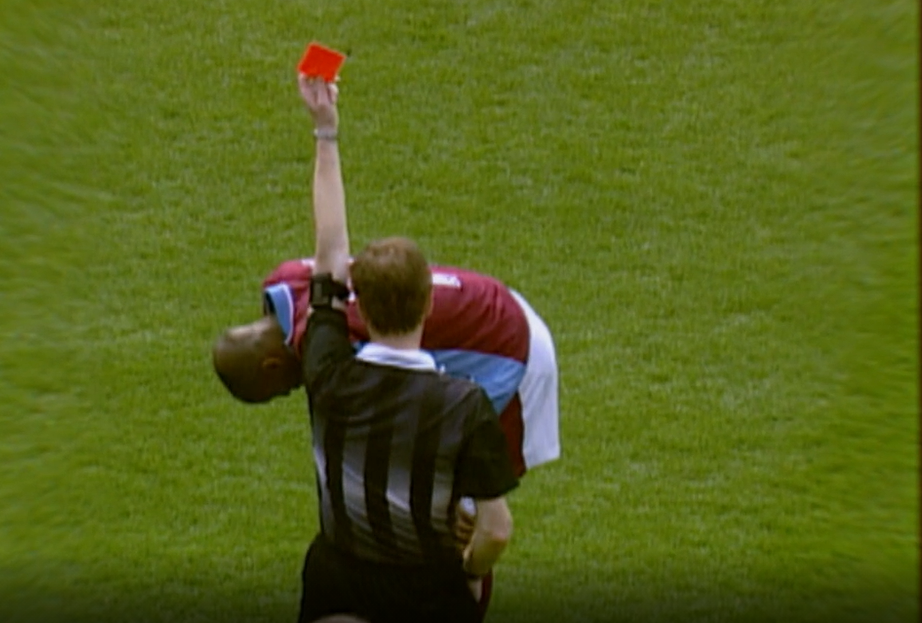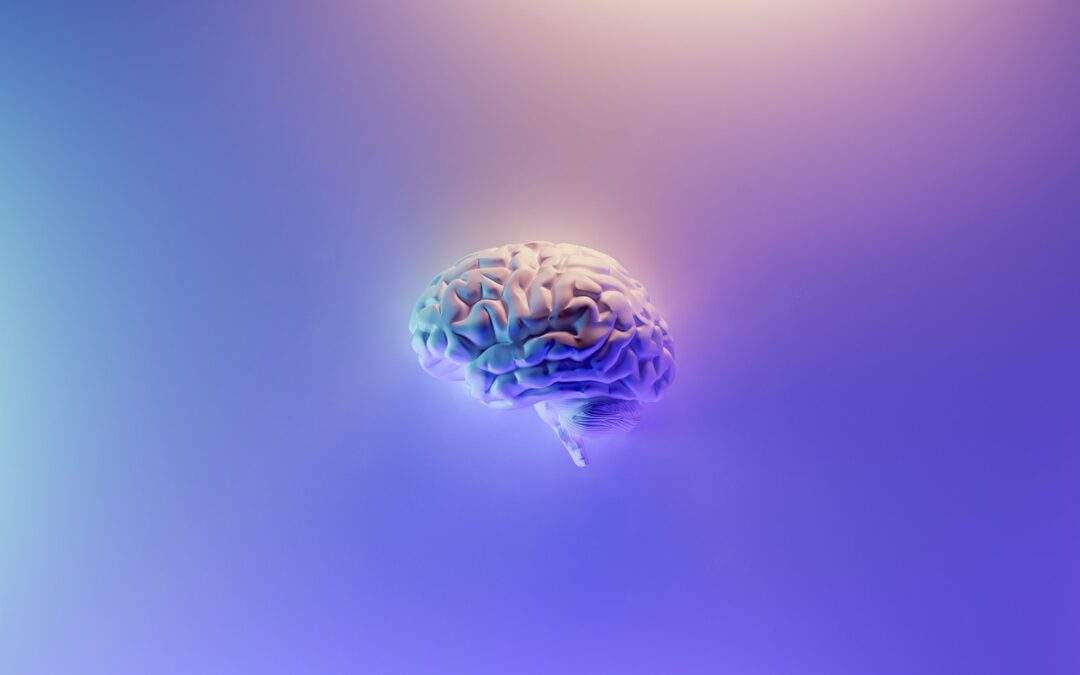
Consciousness and the observer position
Have you ever stopped to consider the idea of consciousness? And what part it plays in your recovery journey? If you have, you will have been using your consciousness to do it! But what is it? What makes us aware that we are aware? Neuroscience is around a hundred years old now and has helped us make massive strides in our understanding. One of the most puzzling discoveries being that our consciousness is not created in the brain.
Since our brain contains the matter in which consciousness resides it has seemd obvious to most that the brain is also the creator of the phenomenon. New theories are now emerging that include relativistic understanding, reminding us that it is the position that we observe from that is key to our understanding. This is the basis of the observer position that I will be looking at in this piece. But first you need to understand more about the difficult position of having to use our consciousness to explore our consciousness!
“This is quite a mystery since it seems that our conscious experience cannot arise from the brain, and in fact, cannot arise from any physical process.”
Dr. Nir Lahav
Relative Parts?
The new theory claims that past notions of consciousness have been wrong because they have not taken account of the observer position. That consciousness is not an absolute or an illusion, but is in fact a relativistic phenomenon. In other words it will be understood differently from different positions. I suppose this is another way of saying that consciousness is best understood by other consciousness! Certainly your consciousness will not make any sense to unconscious beings.
Whether you understand consciousness as arising from God breathing his spirit into Adam (Genesis 1:26) or the natural step for us in our evolutionary journey, it is obvious that consciousness is the start of everything human. It gives us our appreciation for great beauty, love for others, and the pain and suffering that comes with addiction, among other things. In this piece I am not going to go any deeper into the question of consciousness itself, rather I am going to offer you a way of using your consciousness to help you to make progress. Remember that we recover by outgrowing our problems, not by defeating them.
The Profound Observer
The Bible gives us the original statement about this observation of consciousness. In Psalm 42 verse 7 it says that “Deep calls out to deep”. Reminding us that our recognition of God and his creation is the greatest miracle of all. Even if you don’t have any faith in religious ideas, you will probably have a deeply felt appreciation for the mystery of your consciousness. Now that we know that the brain cannot produce consciousness by itself, well, it has to come from somewhere, right?
If we develop too wooden a religious understanding then we will tend towards a more ‘parental’ or ‘judgemental’ view of our profound observer. A bit like an angry parent looking over our shoulder at everything we do, leading to regrets and guilt, shame and depression. This will naturally connect with our vulnerability which will either have us acting out addictively or feeling overly responsible for others (addiction and reverse addiction).
Of course, if the voices or parts lead us towards an unhealthy, selfish or otherwise criminal or immoral direction, then the Church would deem them to be ‘evil spirits’. Which would then need exorcising or, at the very least, prayed out of us. But this is not the only view we have been subject to. Science, through the medical model has added another perspective.
The External Observer
The medical model offers us a more psychological idea of the observer. Seeing these ‘voices’ or ‘parts’ as introjects, strong influences from our parents or care givers that we internalise. And there is no doubt that these influences are hugely important in our development. Including the idea mentioned above in the way we can blend the idea of God with our parental relationship. No less a figure than Freud was the first to introduce this idea but the fact is that this view was challenged pretty quickly by his colleagues in the field.
Taking the medical position, the ‘parts’ influences are then understood as mental illnesses or problems. Constructing them once again as things we need to be rid of. Ultimately, whether we demonise or pathologise our parts, the same position is reached. That we need to be rid of them, albeit for very different reasons. The main effect of these influences which have been around for several hundred years, is to prevent people from creating a good starting point in their recovery journey. So much of your behaviour, attitude and thinking will make sense to you once you understand that the multifacted self is the normal and healthy human condition.
The embarrasing Observer
So, the Church and science have culturally soaked us in these ideas for hundreds of years. As a result, most of us would hesitate to admit to having anything like an inner part or a voice that was not us, or did not agree with us. But have you ever said “I don’t know what came over me”? Or “I’m in two minds about that”? What about when you talk to yourself? Who is talking to who here? The truth is that our brain sometimes takes over, and not always in a way we appreciate. Have you ever had to say sorry after “I just saw red”? In order to make real progress in your recovery journey you need to see these occassions as just one of many ways that your brain attempts to protect you. It takes over when danger is perceived.
Even though the medical and religious approaches attempt to reduce you to one thing, neuroscience has now shown us that the idea of the human condition as more complex and, in effect, multifaceted. How many times have you been driving on the motorway and your brain has seen some sign of danger that you have not? Taking action which is designed to save you from that danger. Your brain is watching at all times and is always concerned for your safety. When it perceives you to be threatened it shuts you down and takes over. This doesn’t happen because you are somehow broken, mentally ill or possessed. It happens because your brain is working fantastically well!
This doesn’t happen because you are somehow broken, mentally ill or possessed. It happens because your brain is working fantastically well!
Your brain is your friend
So a big step in your understanding comes when you get the idea that your brain is always trying to help you! It’s not trying to screw up your life or damage you. One more point, if this threat came from when you were very young, then there are two things you need to know. Firstly, you will not always recognise the threat from your adult experienced position. Remember that the threat your brain is reacting to is a threat to your younger self, not to you. Secondly, The brains reaction is to reproduce the feelings, experience and attitude of when this happened. So you will often notice changes in your thinking as well as in your state.
Consciousness defined
So the best working definition of consciousness is to think of it not as yourself but as the medium or filter through which you experience your self or ‘selves’. Remember that when your brain takes over you still experience this through your consciousness. This is what leads many to mistake one of their parts for their true self.
You may be spending much more time in a soft triggered state than you think! Let me offer you one of the most common reasons for this so you can get a picture of how this might be affecting you. At work we play a role, it’s a performance. The receptionist at the Hotel does not always feel like smiling, but they always do! If you have been doing this role for years you may be performing it from a soft triggered state, especially if you feel more skilled or effective from this position.
So ask yourself, when I am at work, do I feel calm inside, not just look calm! Am I feeling confident or just acting confident? Am I really connected or just available? This will help you to understand your state.

The Real Observer Position

So how should we understand and use the idea of the observer position in relation to our consciousness? The first thing as I said above is to understand that your multifaceted nature is normal and not a result of anything abnormal. The second thing is to realise that your consiousness has two functions. Firstly it is the filter through which all meaning is made. This includes how you ‘hear’ your parts and understand their feelings and protective nature. Secondly it is the potential to be you! It can be truly you, the authentic you, including all your natural resources of calmness, clarity, creativity, curiosity, confidence, courage, connectedness and compassion.
So the way to use this more accurate understanding of the human condition is to raise awareness of your state. Once you have described your state, the next step is to acknowledge that the part of you that is doing the observing is calm! This can be quite a revelation, even though your state might be confused the observer is often clear. This is your ‘true’ or real self which includes all the resources you have to manage yourself.
So work with your parts from this ‘observer position. Speaking to them as someone who is willing and able to manage the situation, if they will let you. Remember, request, never demand. With practice, you will develop better relationships with your parts and they will trust you to handle situations in which they took over in the past.

